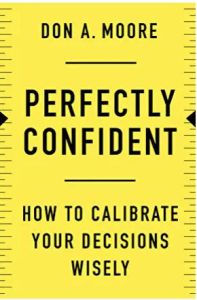
Book
Perfectly Confident
How to Calibrate Your Decisions Wisely
HarperBusiness,
2020
First Edition: 2020 mais...
First Edition: 2020 mais...
PERFECTLY CONFIDENT: How to Calibrate Your Decisions Wisely by Don A. Moore. Copyright © 2020 by Don Moore. Published by arrangement with Harper Business, an imprint of HarperCollins Publishers.
ISBN: 9780062887757
Pages: 272
ISBN: 9780062887757
Pages: 272
Recommendation
Confidence is a Goldilocks trait: The right amount serves you well; too little or too much can hurt you. UC Berkeley management professor Don A. Moore introduces three forms of confidence and provides examples that illustrate why well-calibrated confidence is desirable. He offers valuable advice on how to develop and project a healthy sense of confidence that will reap benefits in your personal and professional life.
Summary
About the Author
Don A. Moore, PhD, an expert on the psychology of decision making, is a professor of management at the University of California, Berkeley’s Haas School of Business and co-author of Judgment in Managerial Decision Making.
Learners who read this summary also read
Book
Report








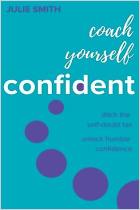
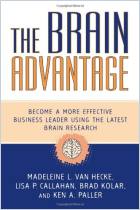

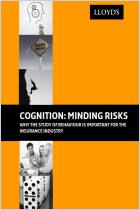
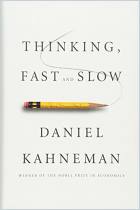
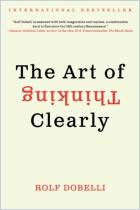





Comment on this summary